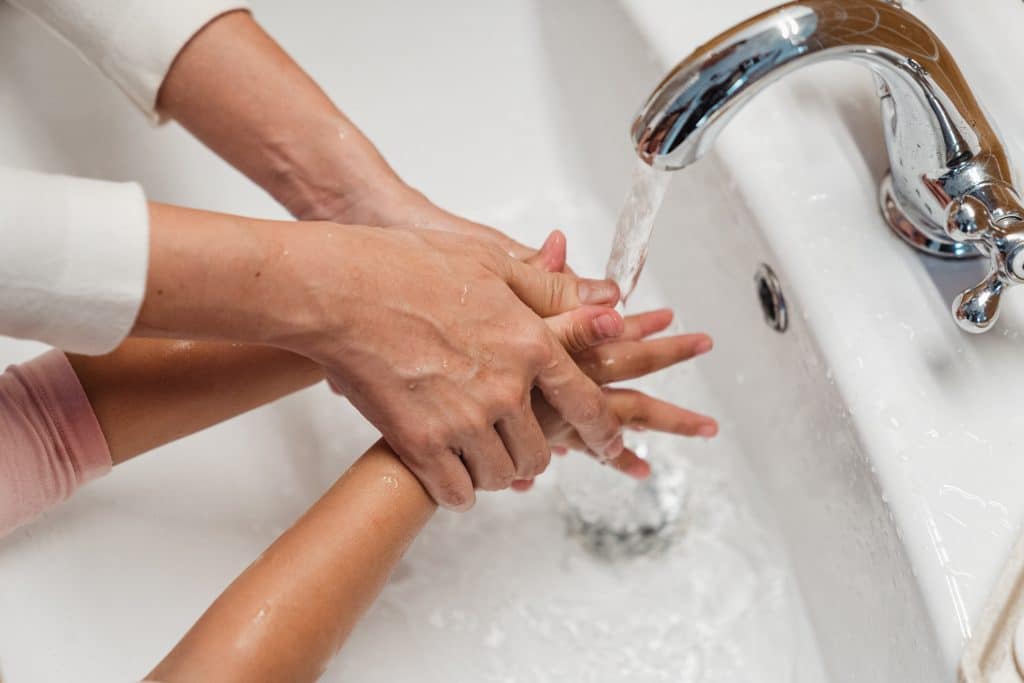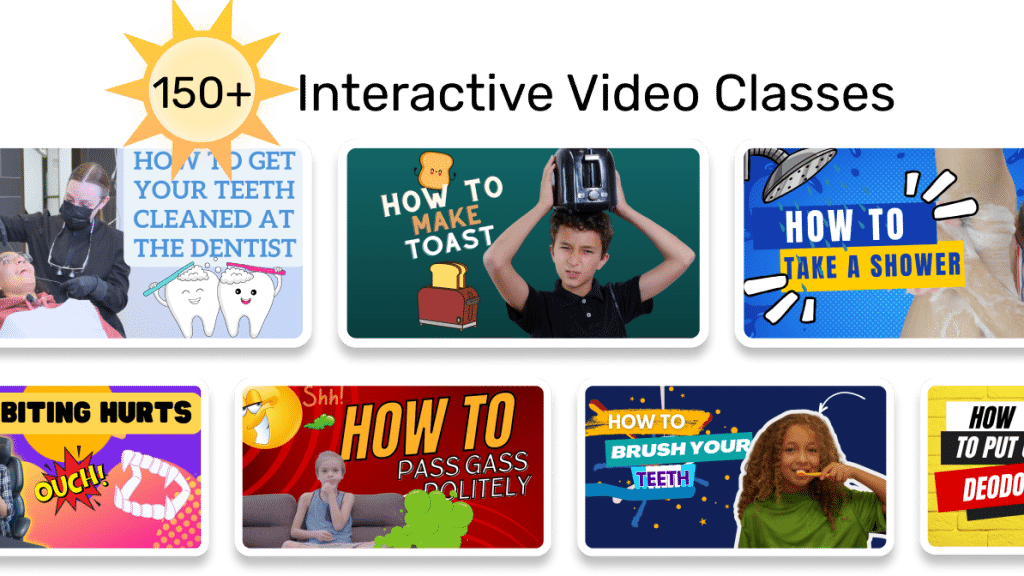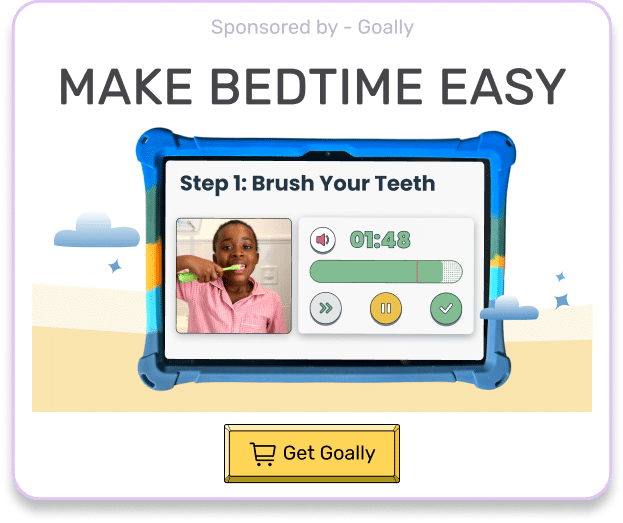Picture your kids radiating pride as they master the potty – quite a milestone, right? Yet, the journey to this achievement can be a challenge. This is where a potty training chart printable becomes a helpful tool. It aids parents in tracking progress, identifying patterns, and fosters a sense of self-awareness and motivation in kids. By visually marking achievements, potty training becomes a more engaging and rewarding experience. In this blog, we’ll explore various printable potty training charts, the science behind them, and tips for effective use. We’ll also touch on the particular benefits for neurodivergent kids. So, let’s navigate towards a smoother potty training experience!
Table of Contents
The Power of Potty Training Charts
Remember the first time your kid tied their shoes? How about their first word? Each milestone in a child’s life is a source of pride for them and you. Now, consider potty training – a significant step towards independence.
But let’s be honest; this journey can be challenging for parents and kids. You’re not alone if you’ve asked, “How can I make this process easier and more engaging for my kid?” That’s where a potty training chart printable comes to the rescue. They work by providing a visual representation of your child’s progress, which can be a powerful motivator for kids, especially neurodivergent ones.
From a professional standpoint, I’ve seen the impact of these charts firsthand. For instance, a neurodivergent child I worked with began to show significant progress once he started using a printable potty chart. He loved placing stickers on the chart every time he used the potty. The chart gave him a sense of accomplishment and motivated him to continue his potty training journey.

Read more: How Long Does it Take to Potty Train a Toddler?
Choosing the Right Potty Training Chart
With many potty training charts available, you might wonder, “Which one is right for my child?” The answer lies in understanding your child’s interests and preferences. For example, a superhero-themed chart could be the ticket if your kid loves superheroes. On the other hand, if animals make them excited, an animal-themed chart would be more appropriate. The idea is to make the chart as engaging as possible for your child.
But let’s not forget about practicality. The chart must be simple enough for your child to understand and use. It should clearly depict the steps involved in potty training and provide a space for rewards (like stickers or stars). Remember, the goal is not to overwhelm your kid but to make the process more enjoyable and rewarding.
Using the Chart Effectively
Having the perfect potty training chart is only half the battle. The other half is using it effectively. Here’s a simple, proven strategy: Start by explaining the chart to your child. Let them know what each symbol or picture represents and how they can earn rewards. The key is to make the process transparent and inclusive. This will give your child a sense of control and ownership, which can be a big motivator.
Also, consistency is crucial. Make it a routine to review the chart daily with your child, and remember to celebrate their wins. A simple “You did a great job today!” can go a long way in boosting their morale and motivation. And remember, patience is the name of the game. It’s okay if your child has a few accidents along the way. Instead of focusing on the setbacks, celebrate the progress they are making.
Read more: How to Potty Train a Toddler Girl
Potty Training Charts for Neurodivergent Kids
For neurodivergent kids, who may struggle with transitions or routines, potty training can be particularly daunting. But, a potty training chart can be a game-changer for neurodivergent kids. It visually represents the process, making it easier for them to understand and follow. Plus, it can also help reduce anxiety and build confidence as they track their progress.
From my professional experience, I’ve found that incorporating the interests of neurodivergent kids into the chart can significantly enhance its effectiveness. For instance, a chart with numbered steps could work wonders if your child loves numbers. Or, if they are into art, a chart that allows them to draw or color could be just the ticket.
The Science Behind Potty Training Charts
You might wonder, “Why are potty training charts so effective?” Well, the answer lies in the science of behavior. According to the principles of Operant Conditioning, behavior followed by positive consequences is likely to be repeated. That is to say, when your child receives a reward (like a star or sticker on their chart) after using the potty, they’re more likely to repeat the behavior.
Furthermore, a 2012 study published in the JAMA pediatrics journal found that using visual schedules (like potty training charts) can improve the independence of children with autism. The study concluded that visual schedules could be a valuable tool for teaching sequence skills to children with autism. Similarly, using a potty training chart can help your kid understand and follow the steps involved in using the potty.
Goally | Apps To Support Child Development
Looking for fun ways to help your child learn life skills? Try Goally! The Goally tablet comes with award-winning learning apps and video classes to help kids develop the skills they need to become independent with FUN & evidence-based practices.

Our apps teach executive function, language, emotional regulation, finger dexterity skills, and more.
As your child develops new skills, you can increase the difficulty level of the tasks in the app to challenge and motivate them even further. This helps your child grow and progress at their own pace, while also keeping them engaged and excited about their development.

To Sum It Up
A potty training chart printable can be a valuable ally in your child’s journey toward self-reliance. It provides a visual way to track progress, enthuse your kid, and make potty training less daunting and more fun. So, why not give it a try? Choose a chart that aligns with your child’s interests, explain the process, and maintain consistency. Celebrate their wins, and remember that patience is key. Whether your child is neurodiverse or neurotypical, a potty training chart can be a game-changer, making the journey smoother and more rewarding for both of you. Happy potty training!
FAQs About Printable Potty Training Charts
Why use a printable potty training chart? Using a printable potty training chart can make the process fun and rewarding for the child, encouraging them to engage more with toilet training and reach their milestones.
Can a printable potty training chart aid in child development? Yes, a printable potty training chart not only aids in toilet training but also helps in teaching responsibility, routine-following, and the concept of reward for achievement.
How do I introduce a printable potty training chart to my child? You can introduce a printable potty training chart by explaining its purpose, showing how it works, and letting your child participate in marking successful potty visits on the chart.
Are printable potty training charts effective for all children? Printable potty training charts can be effective for many children, but success varies as children have different learning styles and paces. It's important to approach potty training with patience and flexibility.
When should I start using a printable potty training chart? It's typically best to start using a printable potty training chart when your child shows readiness for toilet training, which often occurs between the ages of two and three.
This post was originally published on February 13, 2023. It was updated on Feb. 8, 2024.

Goally
We help parents teach their kids life skills, like doing bedtime and morning independently. Backed by science, we incorporate evidence-based practices and expert-informed designs in all of our apps and content.






